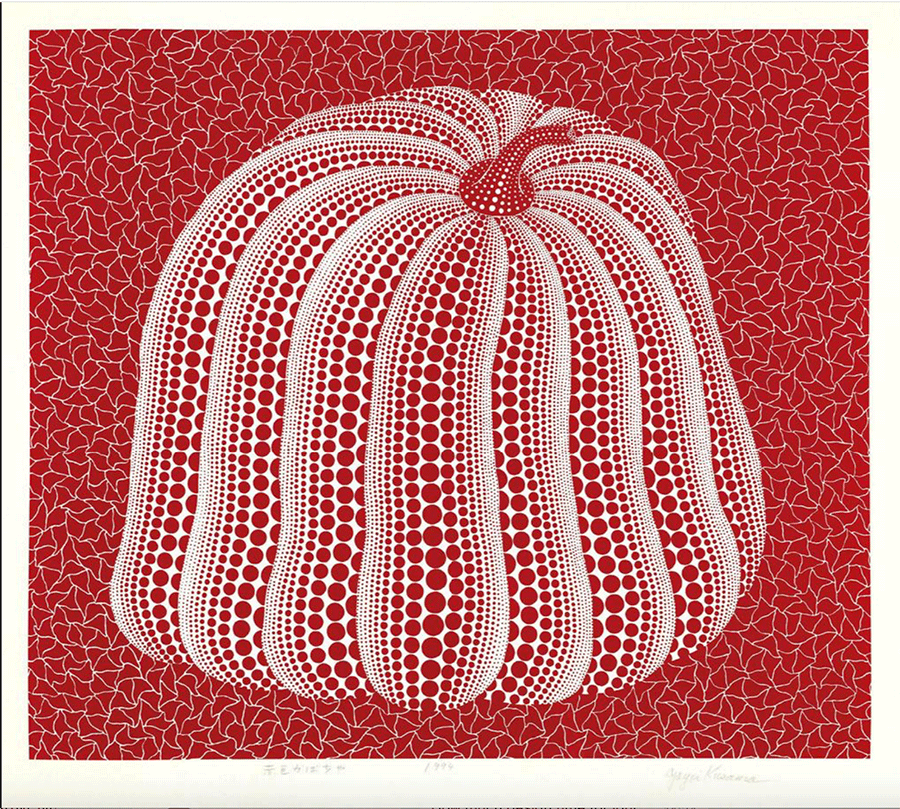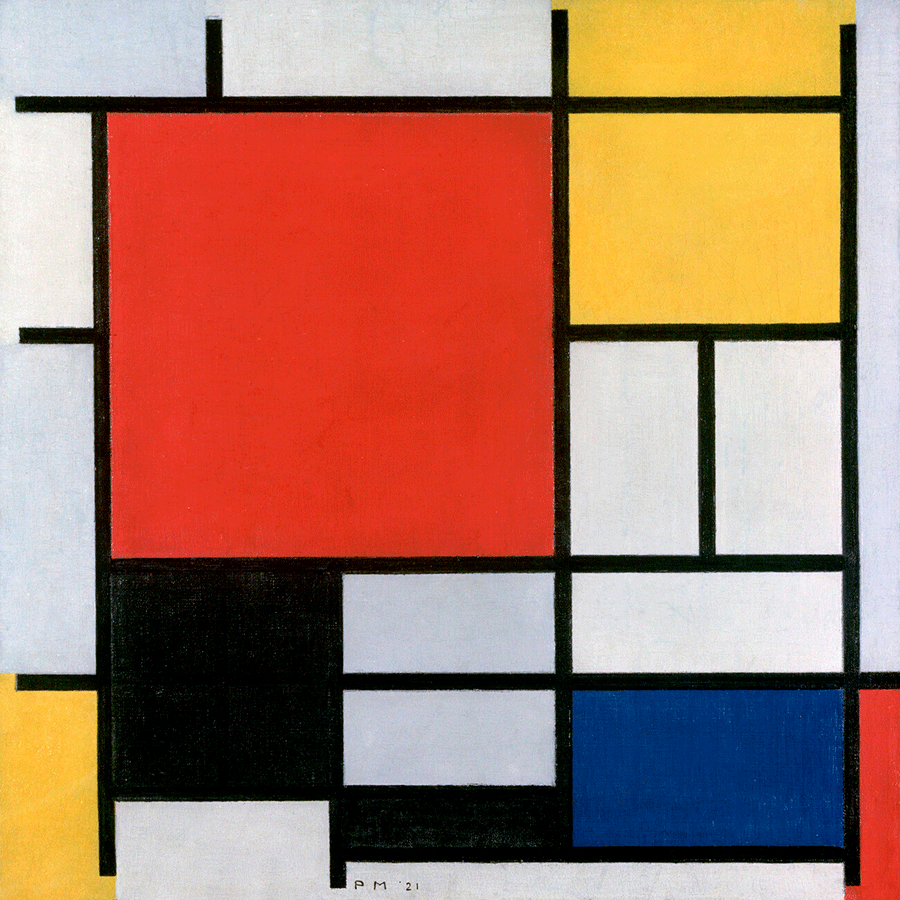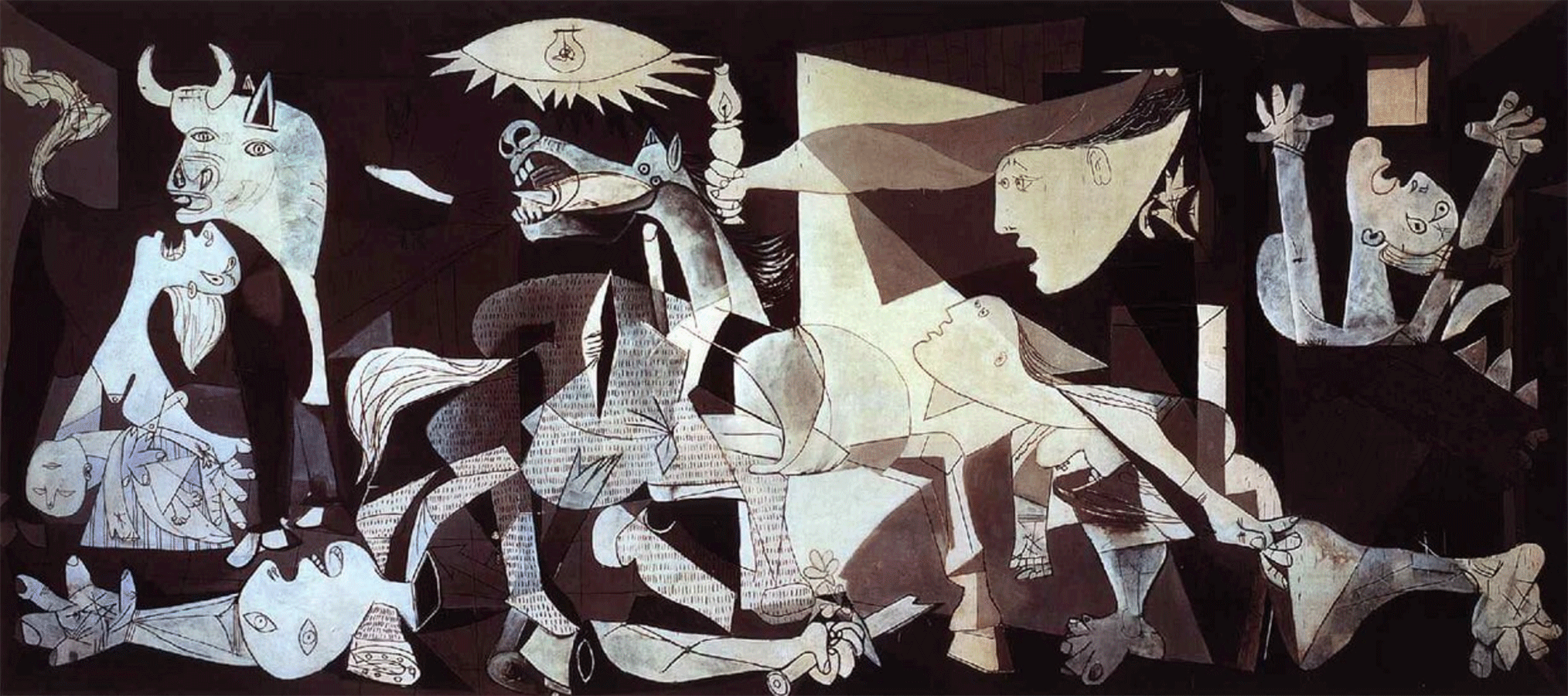Artspeak, Simplified.
Art has always been a personal experience. Yet, navigating the art world can feel like decoding an enemy cypher. Critics and galleries often use ‘artspeak’ - terms that would sound opaque in philosophical debate. But what if we could simplify the vocabulary of art?
Enter the Three N's: Nuance, Novelty, and Narrative. Using just these three terms, we can have an intelligent conversation about every piece of art ever made, without dumbing down the world I love so dearly.
Novelty: The Spark of Originality
Novelty is all about originality. How fresh is the work? How much does it stand out from the crowd? Even the greats started by mimicking others, but eventually found their voice and created something new. That’s the journey of every artist.
As the great American artist Georgia O’Keefe once noted, "To create one's own world in any of the arts takes courage."
A piece with high novelty grabs your attention and holds it. It’s the kind of artwork that you notice every time you walk past it, rather than letting it fade into the background like yesterday’s wallpaper. Think about Yayoi Kusama, the avant-garde artist whose signature polka dots and immersive installations have made her work instantly recognisable. Kusama's originality lies not only in her visual style but in the way she transforms spaces into otherworldly experiences. Her art isn't just something you observe; it's something you step into, becoming part of the narrative. This kind of novelty doesn’t just catch your eye—it demands your participation.
This originality also gives an artist’s work a fighting chance to increase in value, both emotionally and financially. However, novelty alone isn't everything. A piece of art can be highly original but still lack the depth needed to make it truly resonant.
Nuance: The Craft Behind the Creation
The second N is Nuance—the craftsmanship, the answer to the age-old question: could my kid make that?Not everyone agrees on the importance of nuance, but it’s a hot topic for debate. Personally, I’m a fan. It’s what often separates a good piece of art from one that leaves me staring in awe. It’s that subtle touch, the texture, the layers that reveal themselves the longer you look.
Having said that, I don’t believe every piece requires painstaking effort to qualify as having nuance. If the work reflects years of practice, or a mastery of insight, it can still have nuance.
I made this short video about the nuance of Piet Mondrian. At first glance, his geometric shapes and primary colours might seem incredibly simple, but there’s a lot more going on. His journey to abstraction was influenced by Einstein and atomic theory (!!), making his work far more nuanced than it initially appears.
Narrative: The Story Art Tells
Finally, we have Narrative— in my opinion the most important of the Three N's. To my chagrin, the art world can get obsessed with novelty at the expense of narrative, which is missing the biggest point of art.
As the ever-insightful Banksy put it, “Modern art is a disaster area. Never in the field of human history has so much been used by so many to say so little.”
A strong narrative adds layers of meaning to a piece, allowing it to resonate on a deeper level. Whether the narrative is a clear, literal story like The Death of Socrates by Jacques-Louis David, or symbolic like Salvador Dali’s Surrealism, what matters is the artwork’s ability to communicate something meaningful.
Take Guernica by Pablo Picasso. When the Basque town of Guernica was bombed during the Spanish Civil War, Picasso didn’t reach for the usual bright colours and playful forms. Instead, he created a sprawling, chaotic mural that practically screams at you from the canvas. You don’t just look at Guernica—you feel it. It’s like Picasso reached out, grabbed you by the shoulders, and said, "Look at this. This is war. This is suffering."
Now, narrative doesn’t always have to be this intense to be effective. Sometimes, the simplest stories are the ones that stick with you. But the point is that art is at its most powerful narratively when it connects on an emotional level.
‘Scoring’ The Three N's To Choose Art In Your Home
The framework of Nuance, Novelty, and Narrative can serve as a guide to curate art for your home. Whenever you see a piece of art, give it a personal, subjective score from 1-10 on its expression of Novelty, Nuance, and Narrative.
Personally, I can love a piece of art that I give a 5 on Novelty, a 5 on Nuance, and a 10 on Narrative. I don’t think every piece of art has to kill it in every category, but I do believe Narrative is the most important, so I could never personally own anything below an 8…).
An idea might be that you only buy art that you give a combined score of 20 or above, but you may choose to change that number.
In Summary…
Art is one of the few purchases that can last a lifetime and even beyond, becoming part of your legacy. I hope the simple steps below help you to find the art you’ll love forever:
1. Novelty - Look for that spark of originality
Seek out pieces that stand apart from the crowd. Novelty is key to finding art that keeps you engaged over time.
2. Nuance - Examine the Craftsmanship
Don’t just look at the big picture—dive into the details. The nuances in texture, colour, and technique can reveal the depth of the artist’s skill.
3. Narrative - Follow the Story
Art with a strong narrative can connect with you on a deeper level. Whether it’s a literal or symbolic story, make sure the artwork speaks to you.
4. Score them! – Give each of the N’s a 1-10 score
Use your scores to curate a collection that not only beautifies your space but also reflects your personal journey and values.
Have a great weekend,
Richard
Founder
Featured Posts
-

Some Ideas About Investing
Investing in art can seem like diving into a bo... -

Secrets of Great Portraits
What stars need to align to transcend the super... -

RAD Friday #30
Lots to share today. In the last month...



